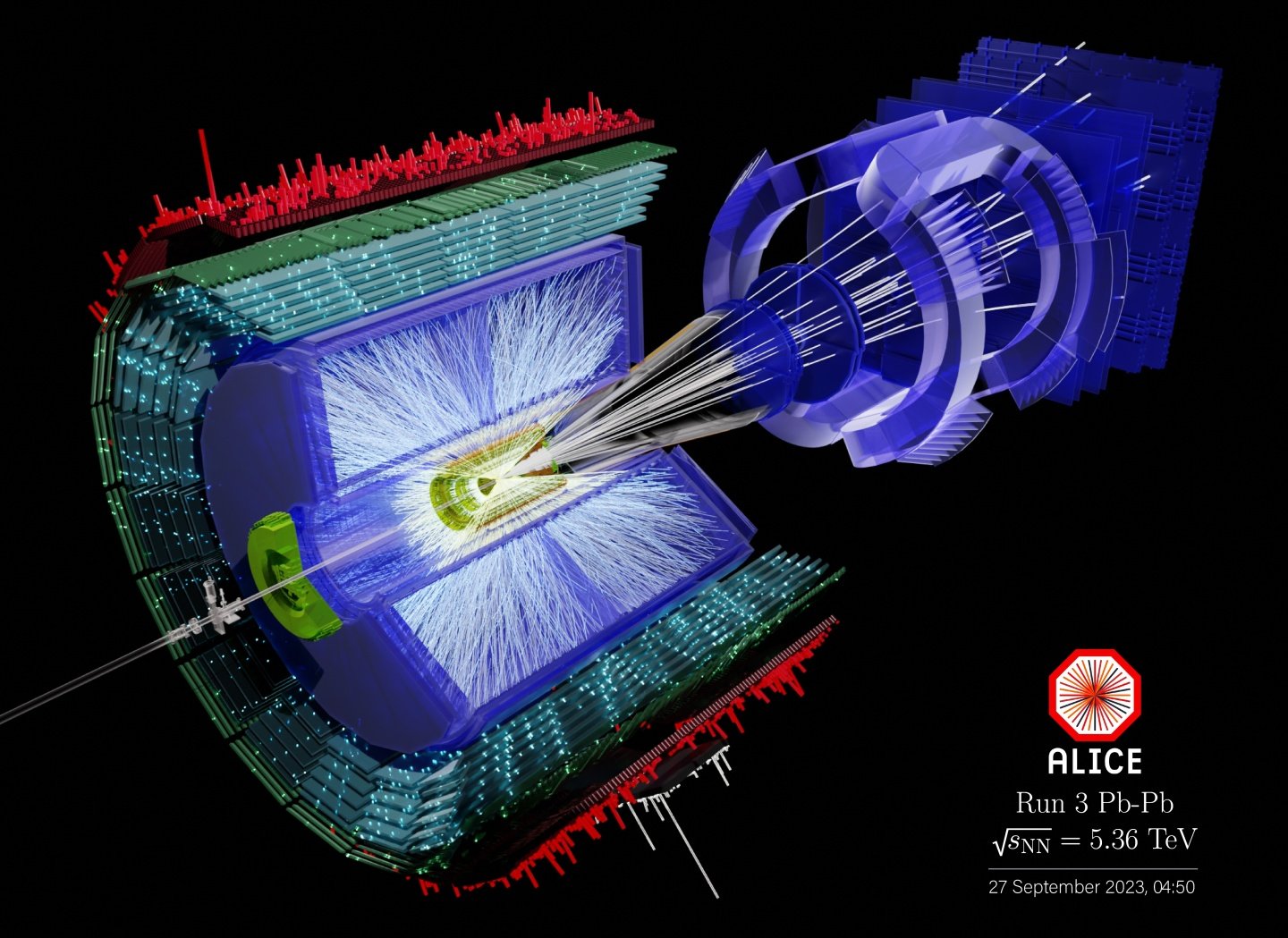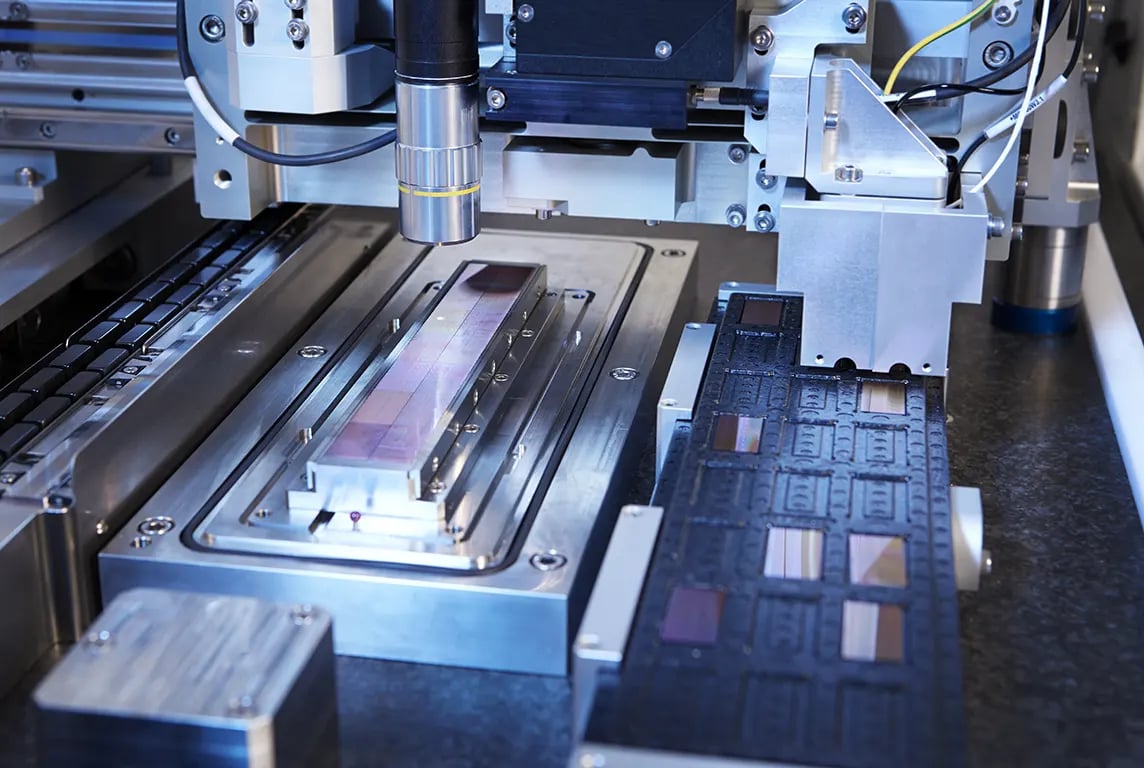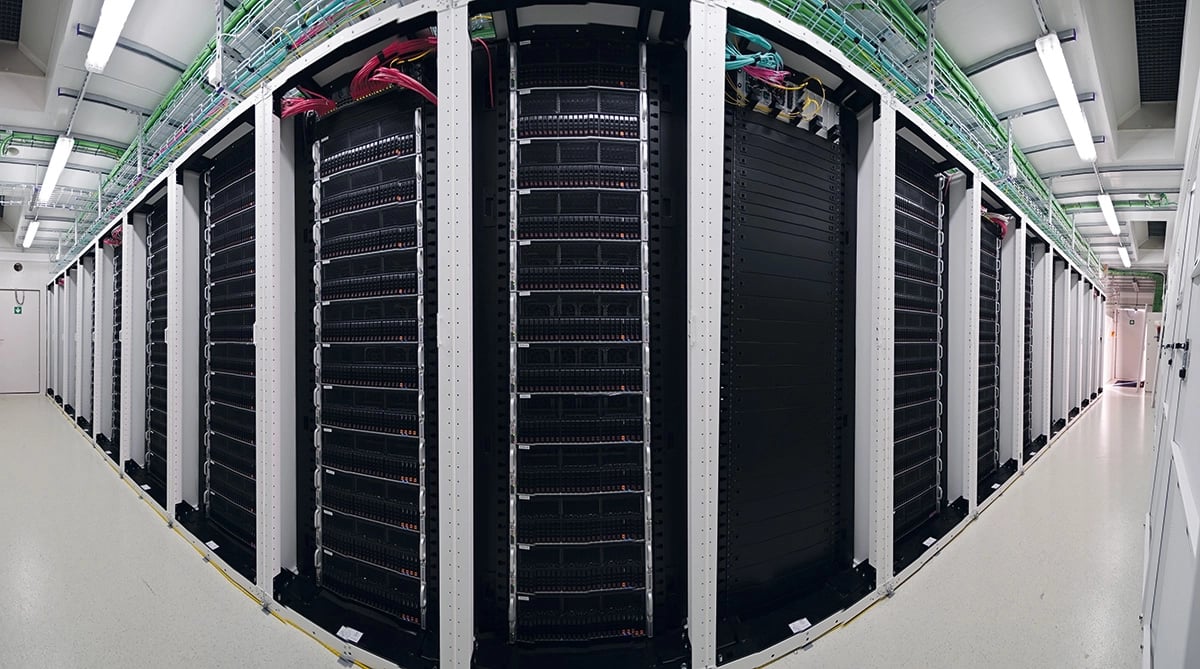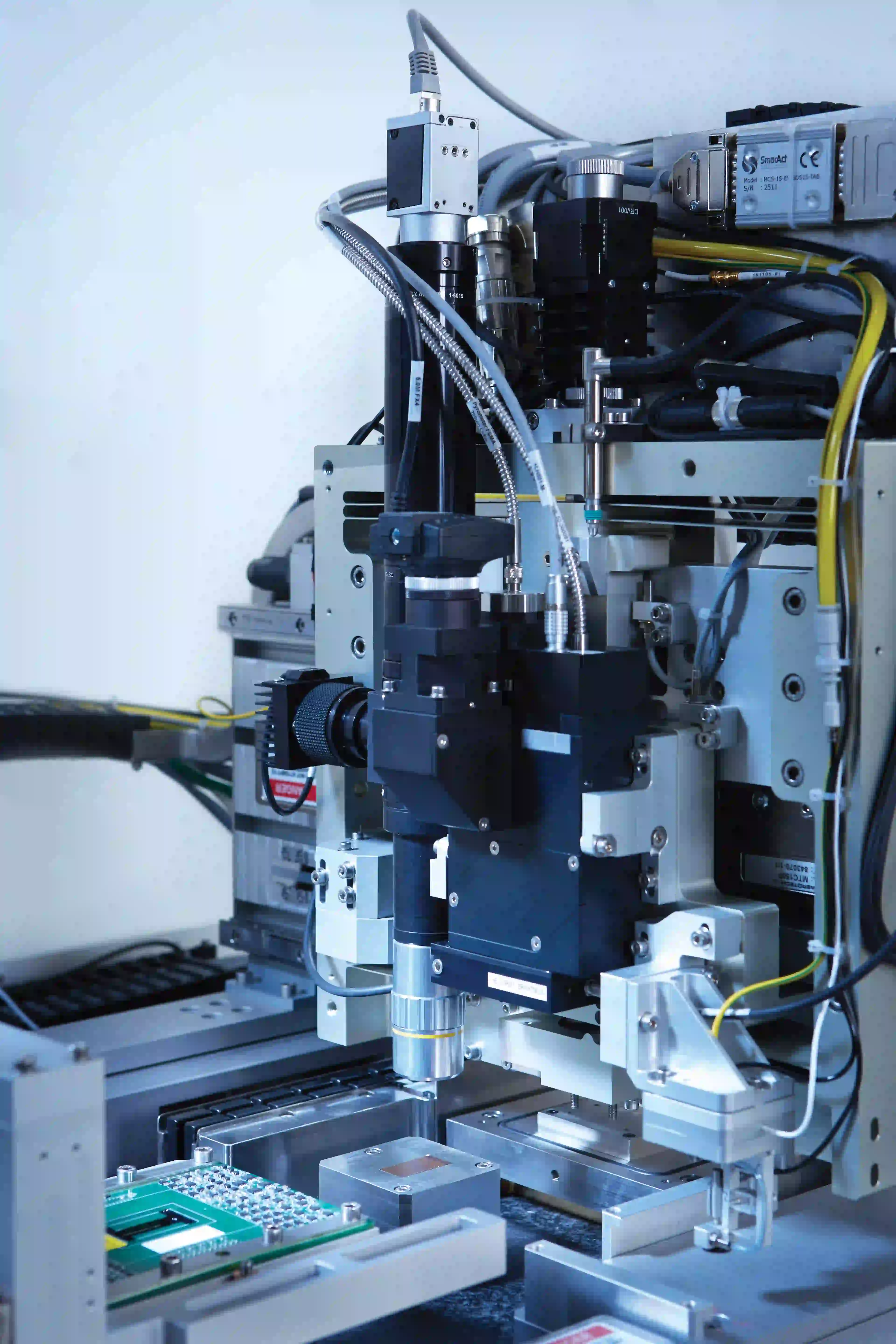During Long Shutdown 2, in preparation for CERN's new run of data-taking (Run 3), the four big Large Hadron Collider experiments performed major upgrades. The changes allow CERN to collect significantly larger data samples in Run 3, of higher quality than ever before. After more than three years of upgrade and maintenance work, testing the four experiments at the LHC for Run 3 started in July 2022. Actual data-taking started on the evening of 26 September 2023, when lead ions collided at the Large Hadron Collider at an unprecedented high energy of 5.36 TeV per pair of nucleons (protons or neutrons) and a collision rate six times higher than before.

A lead–lead collision event in the ALICE detector - 27-09-2023. (Image: CERN)
The ALICE experiment – the LHC’s heavy-ion specialist – made use of its significantly upgraded detector with continuous readout electronics. Each and every collision can now be recorded and is thus available for physics analysis, whereas, in the past, only a fraction of collisions could be selected for recording.
Luciano Musa, Spokesperson for the ALICE Collaboration at CERN:
“We have significantly enhanced the precision of our detector. This is achieved thanks to a new silicon pixel detector – the biggest ever built for a high-energy physics experiment, located very close to the collision point. This new detector, which is based on novel CMOS Monolithic Active Pixel Sensors (CMOS MAPS) used for the first time at the LHC, is a gigantic 3D camera with unprecedented granularity and precision. It consists of 13 billion pixels, each measuring the coordinates of particles with a precision better than 5 micrometers, and with an angular coverage which is significantly larger than the one of the detector used in Run 1 and 2.”
 The upgraded ALICE detector has a barrel geometry consisting of seven layers of Monolithic Active Pixel Sensors (MAPS) with high granularity
The upgraded ALICE detector has a barrel geometry consisting of seven layers of Monolithic Active Pixel Sensors (MAPS) with high granularity
The new detector was built on sensor assembly machines custom-made by IBS. Designed specifically for the ALICE upgrade, IBS’s ALICIA machines were developed to measure and assemble the 15,000 sensor chips which make up the new detector. Having delivered our metrology expertise to CERN since 2004, we were honoured to be able to support them in this critical task. Working closely with CERN teams across the globe, the machines accommodated changing requirements as the sensor chip technology developed; from chip size to positioning accuracy and test protocols. In total eight ALICIA machines were delivered by IBS to CERN and partner sites around the globe in this project.
 ALICIA, the sensor module assembly machine, inspecting and positioning the chips.
ALICIA, the sensor module assembly machine, inspecting and positioning the chips.
![]() Finalization of the installation of the outer barrel of the detector in March 2021.
Finalization of the installation of the outer barrel of the detector in March 2021.
During the five-week run in the autumn of 2023, ALICE recorded about 12 billion lead–lead collisions. This is 40 times more collisions than the total recorded in the previous periods of heavy-ion data taking from 2010 to 2018. A new data processing farm, consisting of 2800 graphics processing units (GPUs) and 50,000 central processing unit (CPU) cores, routinely digested collision data at a rate of up to 770 gigabytes per second.
 Event processing node racks at in the ALICE computing farm
Event processing node racks at in the ALICE computing farm
The fresh data set – which amounts to 47.7 petabytes of disk space and is now being analysed – will advance physicists’ understanding of quark–gluon plasma, a state of matter in which quarks and gluons roam around freely for a very short time before forming the composite particles called hadrons that ALICE detects. It will allow the ALICE researchers to determine the temperature of the plasma using precise measurements of thermal radiation. It will also allow other properties of the nearly-perfect fluid to be measured with greater precision.
And what now for the IBS assembly machines? Well we are helping Cern and partners to apply these to the next generation of detectors. With the first project underway in the UK.



